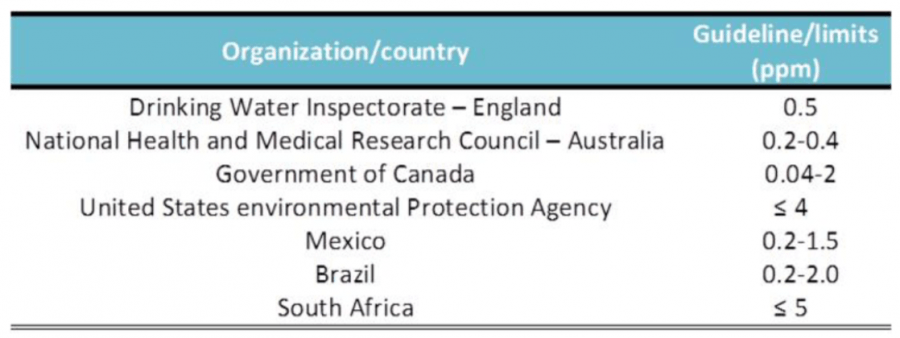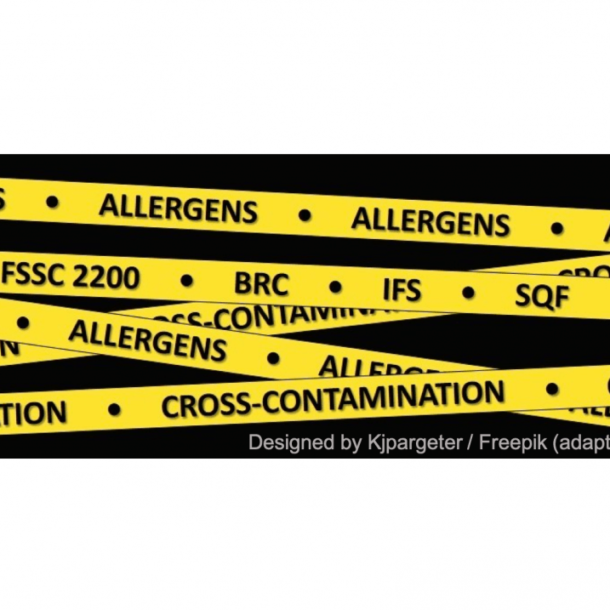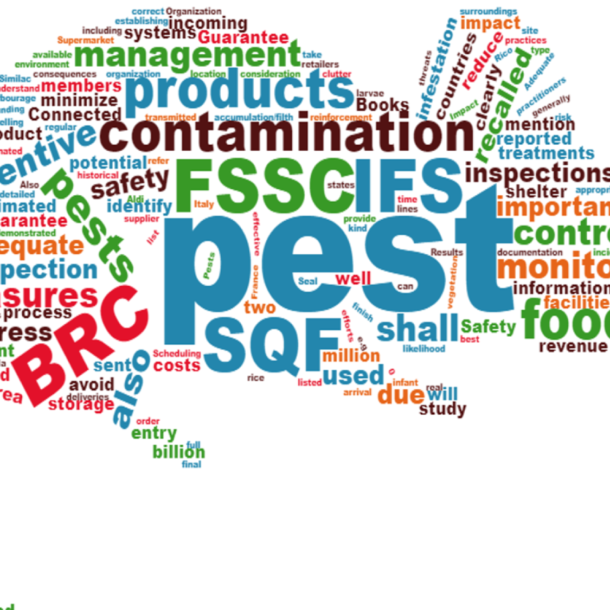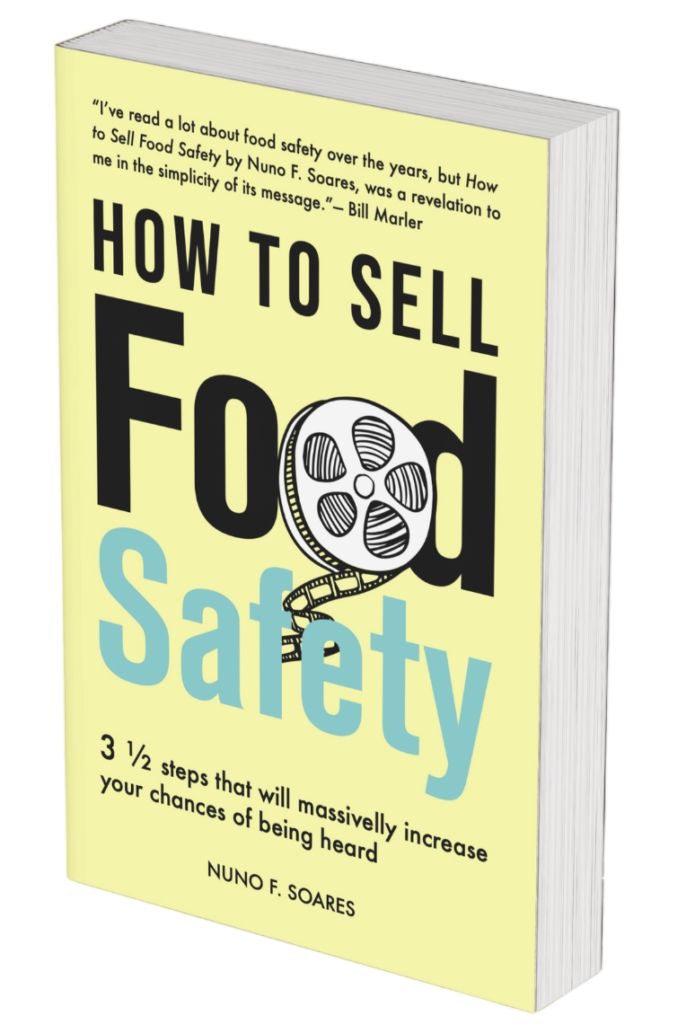Disclaimer: The information contained on this article is based on research done in the last months and the author personal experience and opinion. It is not intended to represent the view of any organization he works for or collaborate with. The author will not be held liable for the use or misuse of the information provided in the article.
Independently from the source, the use of water in the production of food must guarantee that it does not introduce risks to human health
Liquid water is a key substance for human survival and is associated with life on Earth since its genesis. Due mainly to human population growth the pressure over its use has increased significantly over the last centuries. Most of the pressure comes from the increasing demand for food products particularly of some highly water-demanding foodstuffs like meat.
It is estimated that the production of 1 kg of chocolate, beef and sheep meat implies the consumption of more than 17,000, 15,000, and 10,000 L of water, respectively (according to a 2013 IME report). Water food network has an interesting and interactive tool to compare how much water is used for different food products.
Water reaches the food industry either supplied by the mains or through borehole extraction/surface water abstraction. Independently from the source, the use of water in the production of food must guarantee that it does not introduce risks to human health.
The major risks associated with the use of water in food industry are presented in the figure below.
Failing to comply with that can lead to the production of contaminated food products with serious consequences to consumers and organisations. A recent example occurred last May in the United States of America. USDA’s Food Safety and Inspection Service posted a recall for almost 145 tons (319,000 pounds) of meat and poultry products by the Washington State Department of Corrections because it was made with contaminated water. In this particular case elevated levels of fluorinated organic chemicals (PFOS and PFOA) were found in the City of Airway Heights drinking water supply.
There are several water treatments processes used to guarantee that water does not pose a risk for the production of food. The selection of the most adequate process depends on water source and the intended use of water. Most of the processes manage water characteristics like pH, solids, salts, hardness, bacteria, odour, flavour, and viruses. Some of the most common treatments are:
- Settling and filtration: remove physical contaminants, improving water clarity.
- Chlorination or ozonation: these treatments are very common mainly due to their ability to reduce/eliminate bacteria and viruses and for being relatively simple and inexpensive. Chlorination is probably the most widely used water treatment, being its disinfectant capacity measured by the free chlorine present in the treated water. The article published last year about the use of chlorinated in the food industry resumed some guidelines from different organizations for the amount of chlorine in drinking water and includes readers’ contributions related with chlorine limits in their countries. The table below presents those values. These limits are of extreme importance due to the fact that the amount of chlorine must be enough to guarantee disinfection without changing organoleptic characteristics or becoming an hazard for human health.
- Activated carbon: mainly relevant for chemical and odour/flavour treatment.
- Ion exchange: reduces water hardness
- Reverse osmosis: it is a very comprehensive water treatment but also expensive. It can reduce bacteria, chemical, salts, hardness, solids and viruses present in the water.
- Reverse osmosis: it is a very comprehensive water treatment but also expensive. It can reduce bacteria, chemical, salts, hardness, solids and viruses present in the water.









